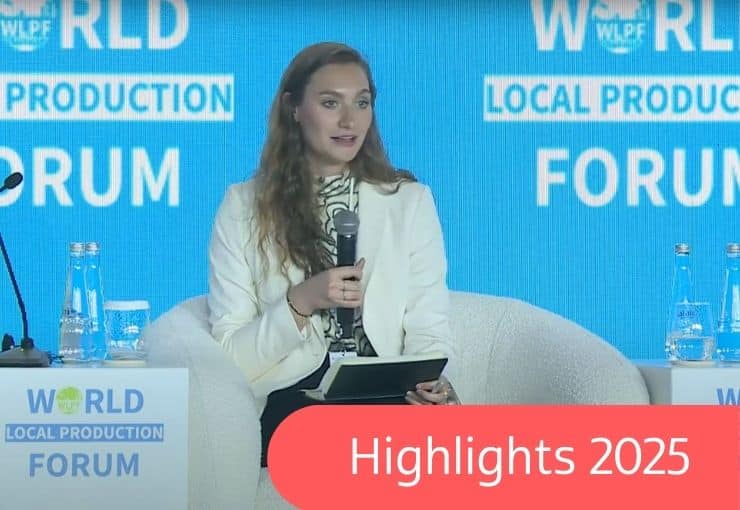
Our highlights of 2025
At the end of the year, we always take a moment to reflect on our contribution to make health justice happen, in the Netherlands and worldwide. We have presented our highlights of 2025 in a new document. Have a look! Read more
On Tuesday, member states of the World Health Organization (WHO) have adopted the Pandemic Agreement. The Pandemic Agreement is only the second treaty to be negotiated by the WHO following 2003’s Framework Convention on Tobacco Control. The Agreement was adopted after three years of negotiations after member states identified gaps and inequities in the national and global response to the Covid-19 pandemic. The Agreement aims to strengthen global collaboration on prevention, preparedness and response to future pandemic threats. The Netherlands was one of 11 countries abstaining from the vote which passed 124 to 0.
Wemos has followed the negotiations the past years with a special focus on the financing and access to medicines elements of the text. We provided commentary on draft texts, concrete text suggestions and hosted side events in an effort to steer countries towards an agreement that would put equity at the center. We concluded that some of these elements have progressed in the right direction, while others are left unaddressed. For our full assessment of the text, read our article here.
In a world where multilateral cooperation increasingly looks like the exception rather than the norm, the adoption of the Pandemic Agreement is a sign that countries can still collaborate on urgent topics when the need arises. Notable is the absence of the United States, which withdrew from the WHO at the beginning of this year at the behest of the Trump administration. Despite playing a significant role in the negotiations for the past three years, this means the United States will not be a party to the agreement.
The adoption of the agreement launches a process to draft and negotiate the Pathogen Access and Benefit Sharing System (PABS), a key and toughly negotiated element of the agreement, through a working group. The result of this will be put on the agenda at next year’s World Health Assembly. After the PABS annex is adopted, the Pandemic Agreement will be open for signatures and ratification. This means that countries individually need to sign and ratify including, where needed, through sign-off by national legislative bodies. The agreement will enter into force after 60 ratifications. In the Netherlands, this means parliament will need to give its approval for formal ratification.
The Pandemic Agreement represents a significant milestone in global health cooperation. While the agreement has its limitations, including the absence of the United States, it lays the groundwork for more robust international collaboration and coordination in the face of future pandemic threats. There are still some hurdles to cross when it comes to ratification, and implementation. Nonetheless, the adoption of this landmark agreement is a step in the right direction, offering hope that multilateralism can prevail when the stakes are high.
Photo: © World Health Organization/Christopher Black
Receive our newsletter